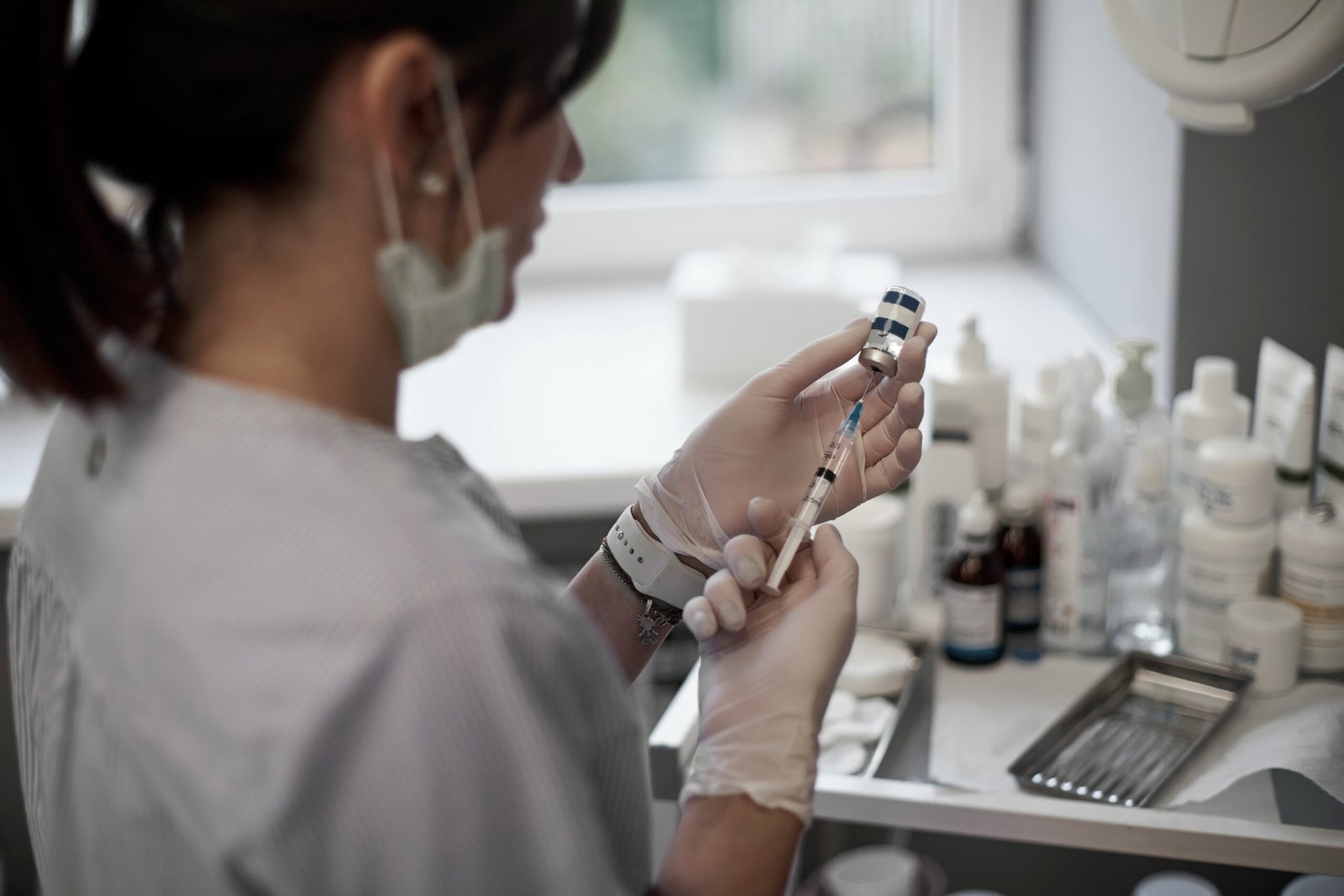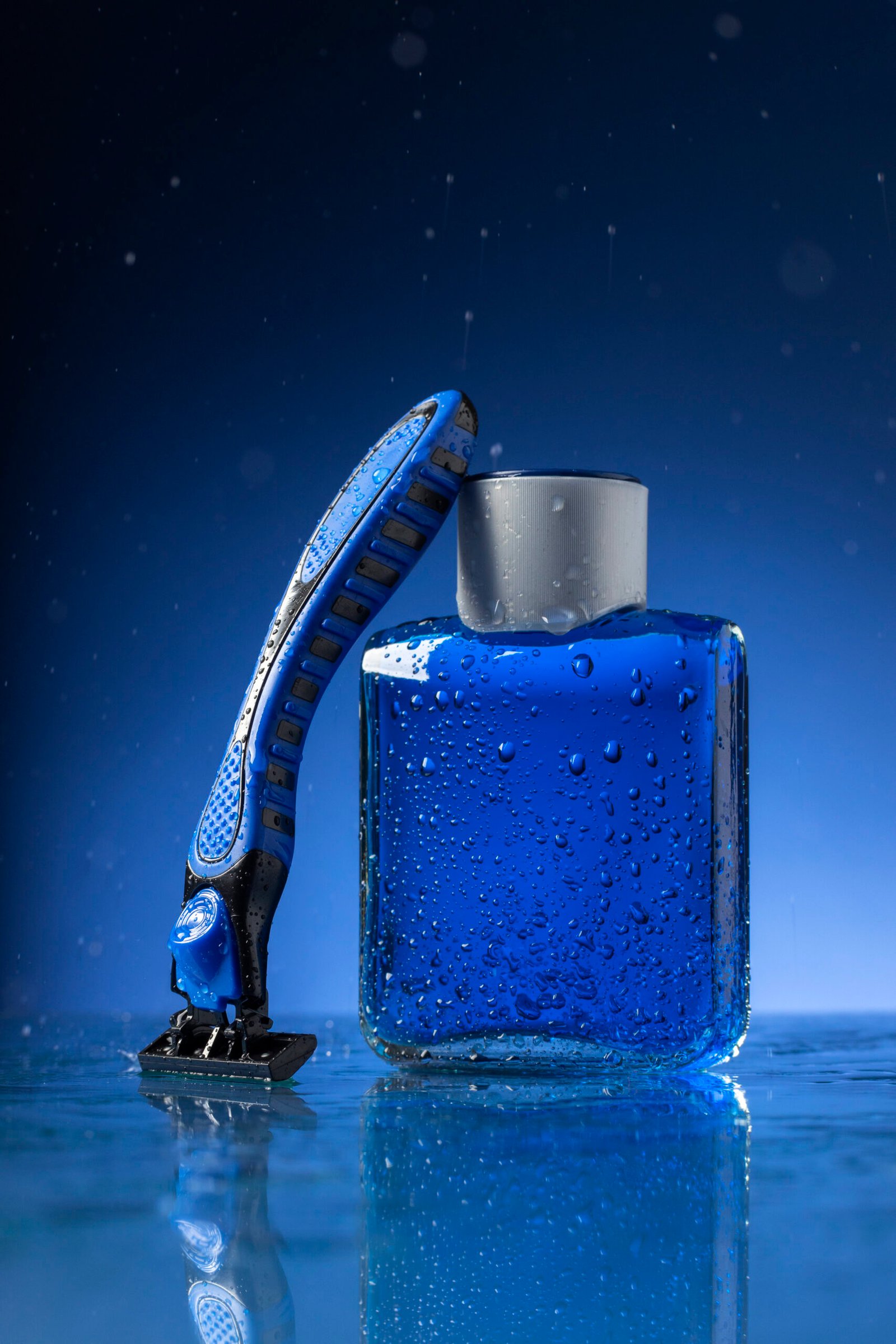Facial rejuvenation has become increasingly popular as more people seek to maintain youthful, radiant skin. With advancements in dermatology and cosmetic procedures, there is now a wide range of treatments available. However, the key to achieving optimal results lies in choosing the right facial rejuvenation treatment tailored to your skin type. This article provides an in-depth guide to help you determine the most suitable option based on your individual skin needs.
Understanding Your Skin Type
Before exploring treatment options, it’s essential to understand your skin type. Skin types generally fall into five categories:
-
Normal – Balanced skin with minimal imperfections.
-
Oily – Prone to excess sebum production, enlarged pores, and acne.
-
Dry – Lacks moisture, often feels tight, flaky, or rough.
-
Combination – Features both oily and dry areas, usually oily in the T-zone.
-
Sensitive – Easily irritated by products, prone to redness and inflammation.
Identifying your skin type is the first step in determining which rejuvenation treatment will be most effective and safe.
Facial Rejuvenation Treatments by Skin Type
1. For Normal Skin
Those with normal skin have more flexibility in choosing facial rejuvenation treatments. Non-invasive options like microdermabrasion or chemical peels can help maintain youthful skin and improve texture without the need for intense recovery. Periodic hydrafacials can also enhance hydration and maintain skin health.
2. For Oily and Acne-Prone Skin
If you have oily or acne-prone skin, opt for treatments that reduce oil production and unclog pores. Laser treatments, such as fractional CO2 lasers or IPL (Intense Pulsed Light), target acne scars and hyperpigmentation. Salicylic acid peels are also effective in deep-cleaning pores and reducing breakouts. Avoid overly hydrating treatments that may worsen oiliness.
3. For Dry Skin
Dry skin requires treatments that promote hydration and collagen production. Microneedling with PRP (Platelet-Rich Plasma) or hyaluronic acid-based treatments like Profhilo can deeply hydrate and rejuvenate the skin. LED light therapy can also improve circulation and stimulate collagen without stripping moisture.
4. For Combination Skin
Combination skin benefits from a balanced approach. A customised facial that targets dry and oily areas separately works best. Enzyme peels or light chemical peels can exfoliate without causing irritation, while non-comedogenic moisturising facials help maintain balance.
5. For Sensitive Skin
Sensitive skin requires extra care. Avoid aggressive treatments like deep chemical peels or ablative lasers. Instead, opt for oxygen facials, LED therapy, or gentle hydrating facials that calm inflammation and strengthen the skin barrier. Always perform a patch test before trying a new treatment.
Other Factors to Consider
1. Skin Concerns
Determine your primary concerns—whether it’s wrinkles, pigmentation, dullness, or sagging. For wrinkles and fine lines, Botox, dermal fillers, or radiofrequency skin tightening may be ideal. For pigmentation, laser resurfacing or chemical peels can help.
2. Age and Lifestyle
Age and lifestyle play a role in how your skin responds to treatment. Younger individuals may benefit from preventative treatments like antioxidant facials, while mature skin may need more intensive therapies like ultrasound-based skin lifting or laser resurfacing.
3. Budget and Downtime
Some treatments, like laser therapy or RF microneedling, are more expensive and may require downtime. Others, like facials or light peels, are more affordable with minimal recovery time. Always discuss your expectations with a certified dermatologist or aesthetician.
Conclusion
Choosing the best facial rejuvenation treatment depends on your skin type, goals, and lifestyle. Consulting with a skincare professional ensures that you receive a personalised plan that enhances your natural beauty while addressing your specific concerns. With the right approach, you can achieve glowing, youthful skin safely and effectively.











Leave a Reply